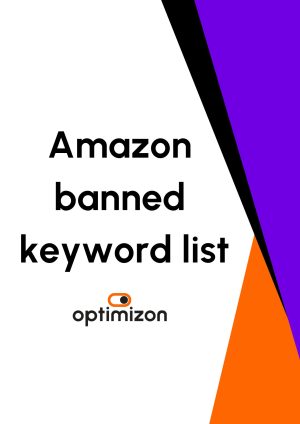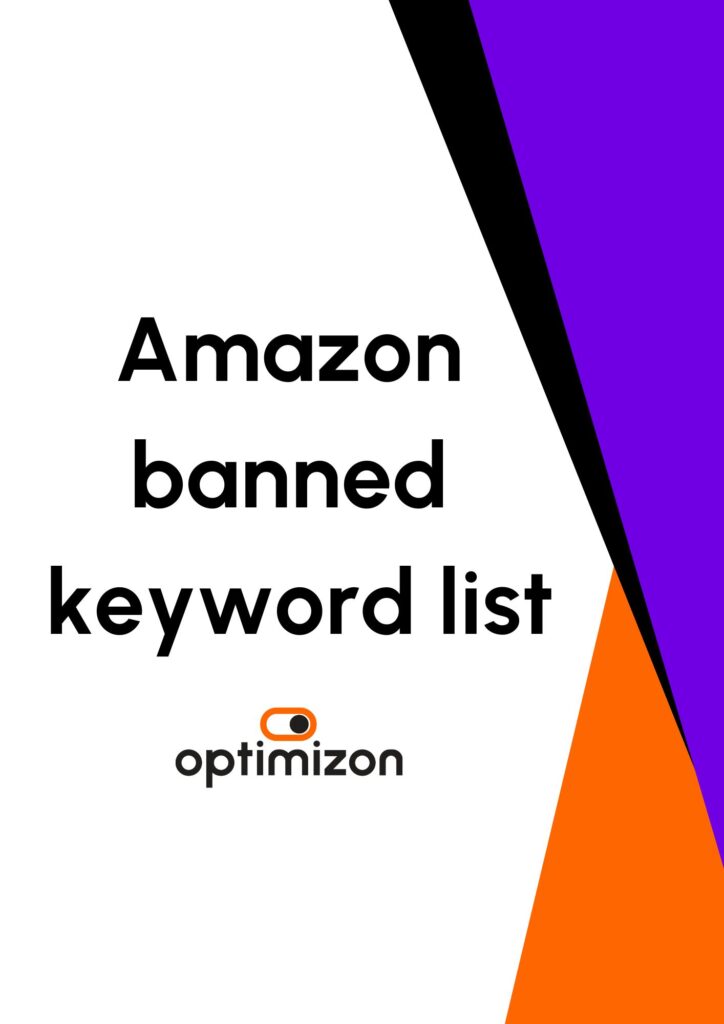Sell internationally on Amazon’s global marketplaces
There are thousands of thriving brands operating within single Amazon territories (or not selling on Amazon at all), but they are missing a trick by not leveraging Amazon’s global reach.
Most of the big brands we speak to are put off by the logistical challenges of selling into other global markets. However, Amazon provides worldwide partners with resources that can simplify all aspects of international selling – from shipping, to customer services in the local language.
Optimizon helps big brands from places like China enter multiple markets via online marketplaces such as Amazon. By partnering with Amazon’s worldwide marketplaces, sellers could expand sales and introduce their brand and products to millions of customers globally.
Here, Optimizon’s head of Operations, Nicola Graves, discusses how to sell into other Amazon marketplaces.
Global reach
Currently Amazon operates 16 online stores worldwide with platforms trading in: Europe, Asia-Pacific, the Middle East and the Americas. This global reach provides a platform for business to expand internationally from their base of operations.
Here’s an overview of the live Amazon marketplaces around the globe:
· Europe: UK, Germany, France, Italy, Spain, Netherlands
· Asia Pacific: Japan, India, Australia, Singapore
· Middle East: United Arab Emirates, Turkey
· Americas: North America, Canada, Mexico, Brazil
Selling opportunities
These Amazon marketplaces represent many of the world’s largest e-commerce selling opportunities. Registering to sell on one of these global platforms, from Mexico to India, means you gain immediate access to customers who know and trust the Amazon buying experience. Effectively, your brand is hooking into the Amazon name abroad.
There are typically some significant barriers to expanding sales internationally. Together with the upfront costs of building brand recognition in a new environment, there are language barriers and logistical challenges. But with the platform’s worldwide selling partners, you can benefit from Amazon’s trust and logistics. In other words, Amazon can be a shortcut to accessing international markets.
Language barrier
Even if you intend to leverage the Amazon marketplace, international expansion can be hampered by language barriers. When you prepare to enter a new Amazon marketplace internationally, you need to assess if your business can operate in the local language.
Aside from inventory, and monitoring day-to-day operations, this proficiency in the local market place language is a must due to the necessity of providing customer support and returns wherever, and whatever, you’re selling.
Many international brands choose to use a locally based Amazon Agency to ease any on-the-ground issues. For example, Optimizon acts on behalf of many global brands based in Asia.
Leverage FBA (Fulfilment by Amazon) to sell internationally on Amazon
Another way to help ease the language barrier is to utilise Fulfilment by Amazon (FBA) in your new operating zone. With FBA, Amazon handles all the logistics including customer services and returns, in any country you choose to launch overseas.
Using FBA means that you can send your products to the Amazon warehouses direct from your supplier. Many suppliers are becoming familiar with Amazon packaging/tracking requirements, easing this process and meaning there’s no need to handle your stock internally.
Even so, you will still need some level of language proficiency either within your company, or through an Amazon Agency, to help with zone-specific marketing etc.
Why? Launching in a new operating zone requires country-specific market understanding. Then, there’s language-specific advertising copy, packaging and so on. All need to meet (and target) the needs of your new international Amazon customers.
Sell internationally on Amazon, in English
If your brand is based in the UK, and you want to sell internationally on Amazon, a good start can be entering the English speaking markets. The America zone can be a good option to start international trading as there is no language barrier. In North America, Amazon has simplified managing your business across all of the platforms covering the Americas.
When you sign up to sell on one North American marketplace, for example Amazon.com, your selling partner account is automatically enabled to sell in the other Amazon North American market places. So that’s Amazon.com.ca and Amazone.com mx. All of your orders will be managed in a single place.
You might not be ready to launch in Canada, or Mexico, just yet, but the infrastructure will be good to go when you give the green light.
Market specific product considerations
We’ve looked at the countries where Amazon operates, and a few possible barriers to setting up operations abroad. Let’s focus on the next obvious question – what to sell?
As you are aware, every international marketplace is different. For example, in Japan the top beauty products are face masks whilst here, in the UK, the best-sellers in beauty are hair dyes.
Whatever your Amazon category, the decision of what to sell internationally remains the same as for your home marketplace in the UK. Think about the classic Four P’s:
- Product: Make sure your product is appropriate for your target country. Check local laws and customs to ensure your product is suitable for local markets.
- Price: Factor in conversion rates, inventory shipping costs and other overheads.
- Placement: Optimise distribution channels and consider Multi-Channel Fulfilment. Check competition levels and be mindful of what is required to compete.
- Promotions: Make listings attractive, activate promotions, offer sponsored products, and most importantly, make them speak to local audiences.
Register & list your products
After deciding where and what to launch, it’s essential to become familiar with the available Amazon’s tools that help you manage listings across global marketplaces.
One way to hook into Amazon’s expertise is to activate the Build International Listings Tool (BIL). This tool helps your company to sell globally by synchronising prices and adding offers across multiple marketplaces.
BIL also enables you to add numerous offers quickly (reacting to the market). Furthermore, based on the rules you set, BIL will manage pricing offers across your marketplaces through automated updates. Visit Seller Central Help to learn more about BIL.
Payment options
Selling always involves money, obviously. Your business may have preferences over how it handles territorial earnings, in which case you may need to open a bank account in the country where you wish to operate your new Amazon platform.
However, setting up a bank account abroad can be a complex process. You may need to create a legal business entity in that country. So, do consult legal, tax and banking professionals first. It goes without saying, make sure these are people you already know and trust. Alternatively, use agencies recommended by valued and reliable contacts.
An easier route, if your business prefers not to open a bank account in your new international marketplace, is the option of using Amazon Currency Converter for Selling Partners (ACCS). With ACCS, you can be paid by local currency directly into your UK bank account. This zone is already supported by Amazon). Or you can be paid into an account you hold in another country provided this area is supported by Amazon.
Ship & fulfil
There are a host of reliable firms offering a seamless, and trackable service for goods being shipped in bulk from the UK to countries abroad. UPS, Transglobal Express and FedEx are a few popular options – although with anything, it pays to shop around.
After you’ve shipped your products to your new international selling zone, Amazon’s worldwide selling platforms offer free shipping to Amazon fulfilment centres, free storage, free removals and free returns processing with the FBA New Selection programme.
However, some businesses prefer to handle internal shipping themselves, dealing directly with new international orders from their base. Whichever of the two options you choose, you will need to factor in dealing with customs, commercial invoices and so on. Again, taking advice here may save you time and money later on.
If your business is ‘going it alone’ and shipping, for example, from the UK direct to customers abroad, don’t forget that you need to manage customer delivery expectations. Amazon customers have come to expect rapid deliver times. In which case, it’s important to flag-up on your international platform that goods are being posted from the UK. State the extra shipping time, in order to maintain good Amazon feedback.
Find more information about tax and compliance, shipping internationally and optimizing your ads abroad at Solution Provider Network.
Awareness of legislation to sell internationally on Amazon
Wherever you’re selling, you need to pay country-specific taxes and follow regulations. It’s important before you officially launch any new operations abroad that you’re fully aware of the legislation and financial outlays. Every country has its own rules, follow them.
If your brand requires assistance to sell internationally on Amazon, please reach out to our specialist Amazon consultants today.





